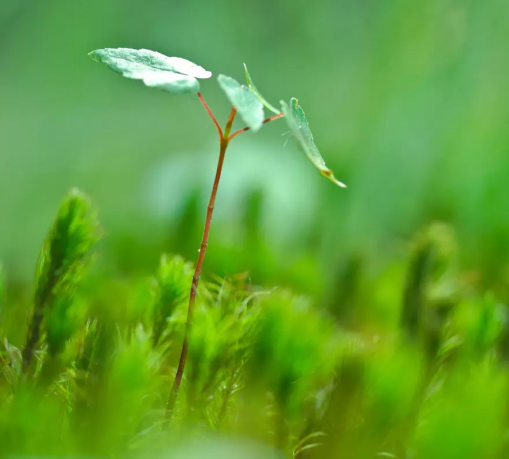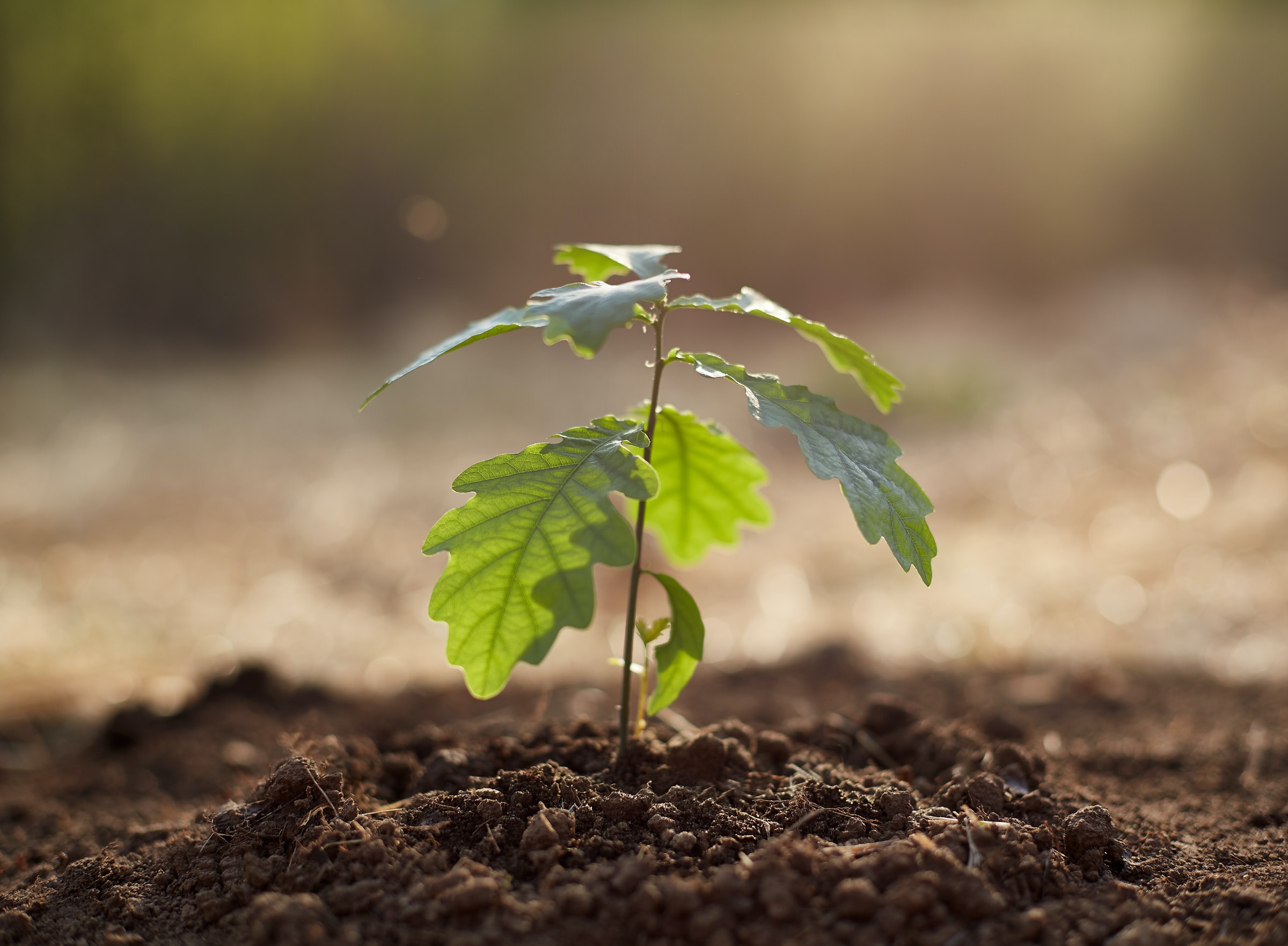Championing Thriving Landscapes
Pledge by
APRIL Group
Championing Thriving Landscapes as part of our production-protection landscape management approach

- Type
- Conserving, Restoring & Growing, Enabling
- This pledge will take place from
- 2020 to 2030
- Location
- Indonesia
Pledge overview
APRIL currently protects and restores approximately 365,000 hectares of forests in Indonesia as part of its commitment to conserve a hectare for every hectare of plantations developed. APRIL pledges to protect and restore an additional 85,000 hectares of high conservation value forest to achieve its 1:1 commitment. This is part of an integrated production-protection approach, where production delivers the financial and technical resources to support the conservation and restoration of important forest areas in Indonesia.
This commitment complements several others as part of APRIL’s Sustainable Forest Management Policy and its APRIL2030 commitments. Under its Thriving Landscapes commitment, APRIL is investing in landscape conservation by pledging to invest US$1 per tonne of fiber supply to the mills into forest conservation and restoration, supported by additional community conservation and restoration opportunities. This results in a fund of at least US$10m annually to support current and future conservation and restoration opportunities in APRIL’s own concessions and in partnership with other conservation initiatives in Indonesia.
This commitment to identify an additional 85,000 hectares of restoration forest to achieve the 1:1 ratio will be achieved by 2030 or earlier, dependent on the identification of an appropriate restoration, collaboration with local communities and compliance with relevant legal and regulatory requirements.
By 2030, we will achieve net zero carbon emissions from our land use, positive measurable gains in nature and zero extreme poverty in our communities, while transforming our business for sustainable growth.
Actions in this pledge
-
Conserving trees and forest landscapes
Supporting actions
- Permanent conservation
- Secure a forest through acquisition or legal agreement to avoid planned or unplanned deforestation or degradation, and/or ensure permanent conservation of land
- Conservation support activities
- Support the operating costs and activities of existing conservation areas, including advocacy for conservation policy
Additional details
APRIL employs a four-phase model of forest protection, restoration and conservation using a landscape approach.
1) Protecting the landscape – APRIL adopts appropriate protection strategies that include the establishment of a formal guard and patrol function and bespoke community resource management and protection schemes. APRIL works with local community groups to ensure that solutions are practical and effective.
2) Assessing the Ecosystem and the Social Environment - APRIL investigates and assesses the present conditions of the flora, fauna and wildlife habitats, assisted by expert partners. Initial assessments of the area, physical and social environments are also completed to establish a baseline against which future assessments can be benchmarked, and to ensure that communities are part of this process.
3) Restoring Native Plant and Wildlife Species - Once protected and assessed, APRIL carefully restores degraded sites through a process of restocking, using seedlings from surrounding forests. We establish nurseries to cultivate seedlings collected from the wild before carrying out a program of staged replanting. Water level restoration where required will be designed to maintain water levels critical to the health and functioning of the peat forest ecosystems, with continual evaluation of the effectiveness of our efforts.
4) Managing for Sustainability - APRIL develops comprehensive, long-term management plans with our advisory panel of international and local specialists to ensure the sustainability of the restored forest areas. These incorporate consultation with local communities, government and adjacent forest concession license-holders, and are distributed widely for feedback.
Production-Protection Model - A critical element of the APRIL initiative is the adoption and maintenance of an integrated production-protection model, where plantation operations on the perimeter of the restoration area not only provide protection, but actively fund ecosystem restoration and forest protection. Years of experience have shown that this is a reliable and effective economic model for restoration in Indonesia, given the resources that are required for ongoing active management.
Conserving
- Land area
- > 85'000 hectares
-
Restoring and growing trees and forest landscapes
Supporting actions
- Assisted natural regeneration
- Actions that support natural regeneration without tree planting, such as Farmer Managed Natural Regeneration, forest soil remediation, exotic species control, disease prevention, and wildfire protection
- Reforestation
- Re-establishment of forest through planting and/or deliberate seeding on land classified as forest, that has been degraded or where trees are unlikely to regenerate naturally
- Agroforestry
- Activities that establish and manage the integration of trees into agricultural landscapes, silvopastoral systems, farming in forests and along forest margins and tree-crop production
- Other restoration and tree growing activities
- Active protection, fire prevention through community engagement, wildlife protection from poaching and illegal trade
Additional details
Achievement of the target involves securing additional restoration licenses and/or partnerships with communities and conservation organizations. APRIL is currently developing a landscape management process and framework which includes a commitment to work with community partners in meeting conservation and restoration opportunities. Further information will be provided in the future.
Restoring & Growing
- Land area
- >10'000 hectares
-
Enabling activities for trees and forest landscapes
Supporting actions
- Nursery and seedling development
- Establish tree nurseries, including actions such as identification and collection of seeds and/or growing seedlings
- Sustainable forest management
- Activities that support the stewardship and use of forests (including by local communities and indigenous peoples), to maintain their biological diversity, productivity, and regeneration capacity, as well as their potential to fulfil relevant ecological economic and social functions
- Market development for sustainable forest products
- Activities that create markets and demand for ecologically and socially responsible timber and non-timber forest and agroforestry products, e.g. capacity-building for the harvesting and processing of agroforestry products, forest certification standards, etc.
- Education and capacity building
- Forest / tree species conservation and restoration education programmes, targeted educational and behaviour change campaigns, training and capacity building, including promotion of local and traditional knowledge and practices
- Community mobilisation
- Community mobilisation and engagement activities for conservation, restoration and reforestation, including enabling systems of community governance, etc.
- Youth engagement
- Engagement of young people and/or youth networks to catalyse a restoration generation
- Data collection, management and technological tools
- Activities that provide data and/or technological tools to support conservation and restoration (e.g. monitoring etc.)
- Other enabling activities
- Fire Free Alliance
Additional details
We are making sure that a significant portion of our landscape is conserved, protected and biodiverse to deliver Thriving Landscapes. A set percentage of revenue from our plantation forests will go towards forest restoration and conservation. This includes expanding conservation and restoration areas outside our own operating footprint and ensuring zero net loss of protected forest area to achieve measurable gains in ecosystem values. Tropical peatland science will be advanced through a new research hub and Eco-Camp within our RER restoration area.
For more details about our commitments for APRIL 2030, please visit https://april2030.aprilasia.com/april2030-indicators/
Enabling
Our ecologically and socially responsible approach
APRIL SFMP (Sustainable Forest Management Framework Policy) 2.0
SBTN/SBTi
Our results tracking
Annual reporting through our independently assured sustainability report and dashboard
Ecological metrics
• Greenhouse gas emissions –removals and avoided emissions from land use and land use change, measured as the net tCO2e emissions
• USD per delivered plantation fiber tonne per year, measured as USD per tonne fiber
• Net change of conservation and restoration area, measured in hectares
• Area of forest restored to increase potential habitat
• Change in ecosystem services and values over time
• Initiatives undertaken to support the conservation of priority, rare, threatened and endangered flora and fauna, measured by the number of initiatives undertaken
Social metrics
• Percentage of women participants in APRIL’s community development programs
• Number of women in leadership roles
• No of communities engaged in forest protection and restoration
Our system of accreditation
• Annual third-party assurance of APRIL’s performance of its Sustainable Forest Management Policy commitments
• Annual third-party assurance of the progress on APRIL2030 targets
• Continuing to explore viable and reputable global frameworks to benchmark and verify our conservation and restoration activities
Our partners
• Fauna & Flora international
• Wildlife Conservation Society
• RECOFTC
• Bidara
• Earthworm Foundation
• Local community conservation partners
• In support of Government of Indonesia, specifically the Ministry of Environment and Forestry and the provincial conservation agency
Our locations
We are working at locations across Indonesia.
Currently Sumatra, Indonesia; open to exploring other opportunities in East Kalimantan and potentially other parts of Indonesia

Our implementation progress
Pledge implementation progress reporting is managed in collaboration with IUCN’s Restoration Barometer, and is required annually from the year following pledge publication.
-
APRIL pledge implementation progress report 2022
with partial supporting documentation
-
APRIL pledge implementation progress dashboard 2023
not submitted
